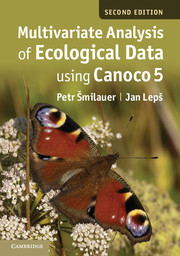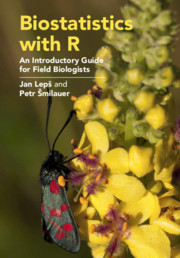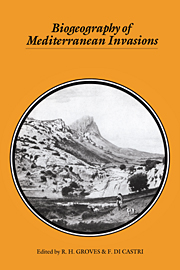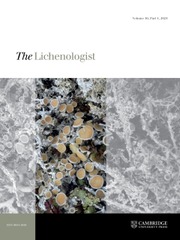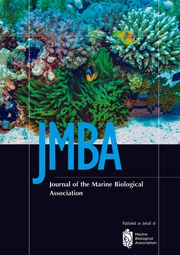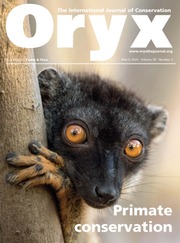Multivariate Analysis of Ecological Data using CANOCO 5
This revised and updated edition focuses on constrained ordination (RDA, CCA), variation partitioning and the use of permutation tests of statistical hypotheses about multivariate data. Both classification and modern regression methods (GLM, GAM, loess) are reviewed and species functional traits and spatial structures analysed. Nine case studies of varying difficulty help to illustrate the suggested analytical methods, using the latest version of Canoco 5. All studies utilise descriptive and manipulative approaches, and are supported by data sets and project files available from the book website: http://regent.prf.jcu.cz/maed2/. Written primarily for community ecologists needing to analyse data resulting from field observations and experiments, this book is a valuable resource to students and researchers dealing with both simple and complex ecological problems, such as the variation of biotic communities with environmental conditions or their response to experimental manipulation.
- Features nine case studies introducing statistical techniques used in modern ecological research - no background in multivariate statistics required
- Accompanying webpage with data and corresponding Canoco 5 projects - readers can reproduce all case studies on their own computers
- Provides guidance on the correct interpretation of ordination diagrams - advanced comments or suggestions are placed into an extensive set of footnotes
Product details
April 2014Paperback
9781107694408
376 pages
269 × 175 × 18 mm
0.73kg
173 b/w illus. 24 tables
Available
Table of Contents
- Preface
- 1. Introduction and data types
- 2. Using Canoco 5
- 3. Experimental design
- 4. Basics of gradient analysis
- 5. Permutation tests and variation partitioning
- 6. Similarity measures and similarity-based methods
- 7. Classification methods
- 8. Regression methods
- 9. Interpreting community composition with functional traits
- 10. Advanced use of ordination
- 11. Visualising multivariate data
- 12. Case study 1: variation in forest bird assemblages
- 13. Case study 2: search for community composition patterns and their environmental correlates: vegetation of spring meadows
- 14. Case study 3: separating the effects of explanatory variables
- 15. Case study 4: evaluation of experiments in randomised complete blocks
- 16. Case study 5: analysis of repeated observations of species composition from a factorial experiment
- 17. Case study 6: hierarchical analysis of crayfish community variation
- 18. Case study 7: analysis of taxonomic data with linear discriminant analysis and distance-based ordination methods
- 19. Case study 8: separating effects of space and environment on oribatid community with PCNM
- 20. Case study 9: performing linear regression with redundancy analysis
- Appendix A. Glossary
- Appendix B. Sample data sets and projects
- Appendix C. Access to Canoco and overview of other software
- Appendix D. Working with R
- References
- Index to useful tasks in Canoco 5
- Index.

